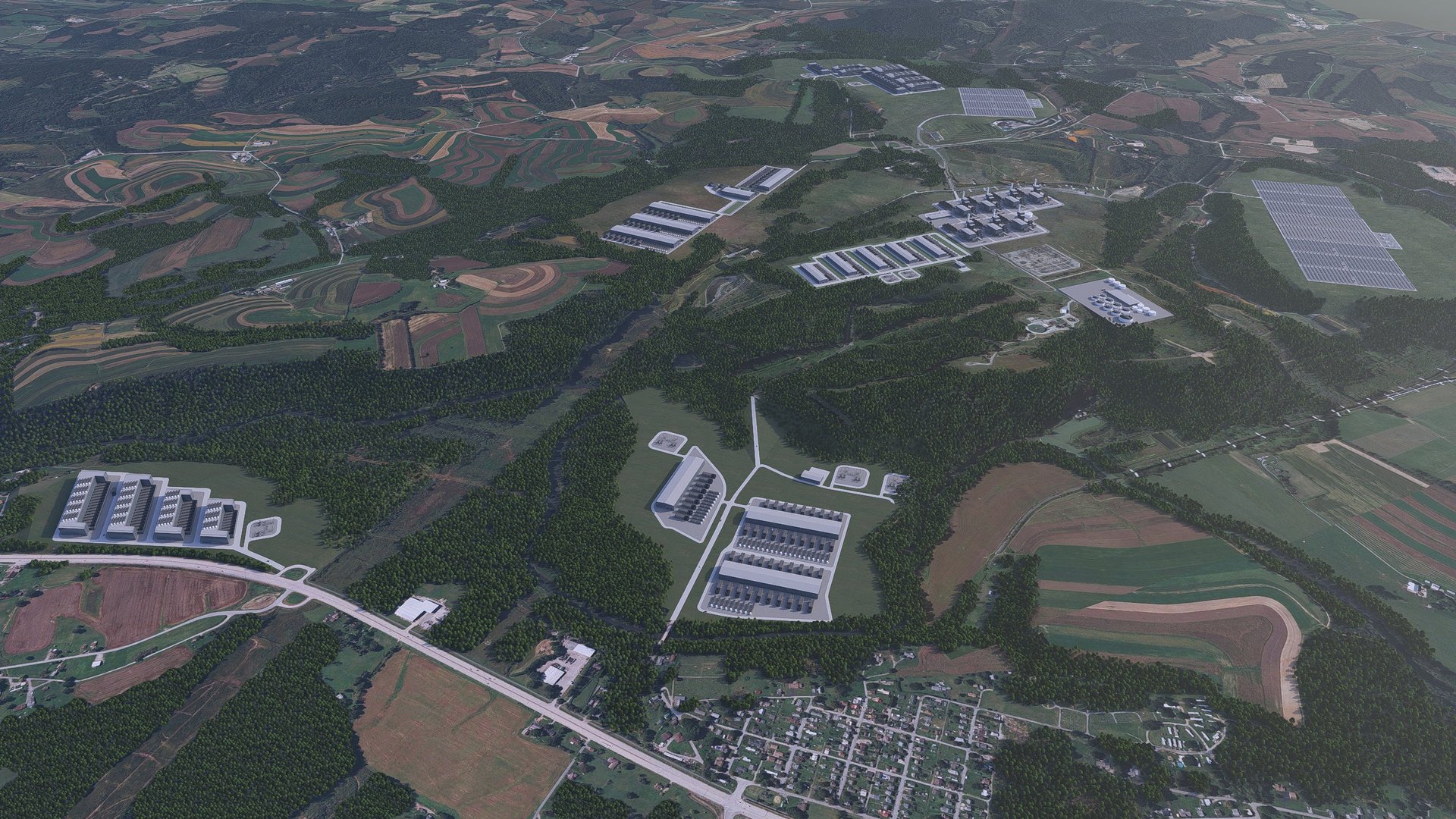A coal plant was imploded to build an AI data center
The AI data center campus in Pennsylvania will be powered by natural gas

Pennsylvania’s former largest coal plant was imploded to make space to build a data center campus.
Suggested Reading
The former Homer City Generating Station will be turned into a gas-powered data center campus to meet the growing demands for artificial intelligence and high-performance computing, Homer City Redevelopment (HCR) and Kiewit Power Constructors Co. said Wednesday. The Homer City Energy Campus will be more than 3,200 acres, and GE Vernova (GE) will support the project with seven hydrogen-enabled, gas-fired turbines — the first of which are expected to be delivered starting next year.
Related Content
HCR, which owned the coal plant, started taking down its cooling towers and stacks late last month, the Wall Street Journal (NWSA) reported.
The data center campus is expected to start construction this year, with hopes that it will be able to generate power by 2027. According to HCR and Kiewit, the campus will deliver up to 4.5 gigawatts of power — enough to power more than three million average U.S. households. Kiewit is building the Homer City Energy Campus, and the Marcellus Shale region will provide it with natural gas.
In addition to supporting large data center customers, the campus will be able to supply power to thousands of local homes on the grid, the companies said. The project is expected to receive an initial capital investment of more than $10 billion that will go toward infrastructure, followed by “billions more” to build the data centers. The investment will be the largest of its kind in Pennsylvania’s history, according to the companies.
In the first eight months of 2024, Microsoft (MSFT), Meta (META), Google (GOOGL), and Amazon (AMZN) spent a combined $125 billion on investing in and running AI data centers, according to a JPMorgan (JPM) report citing New Street Research. This year, those companies plan to spend even more on AI — a combined $320 billion, according to statements by their CEOs.
Meta CEO Mark Zuckerberg said in January that the company is building a data center with a capacity of more than two gigawatts — a site that could cover a large part of Manhattan.